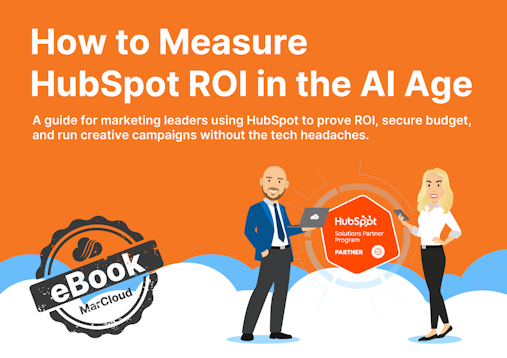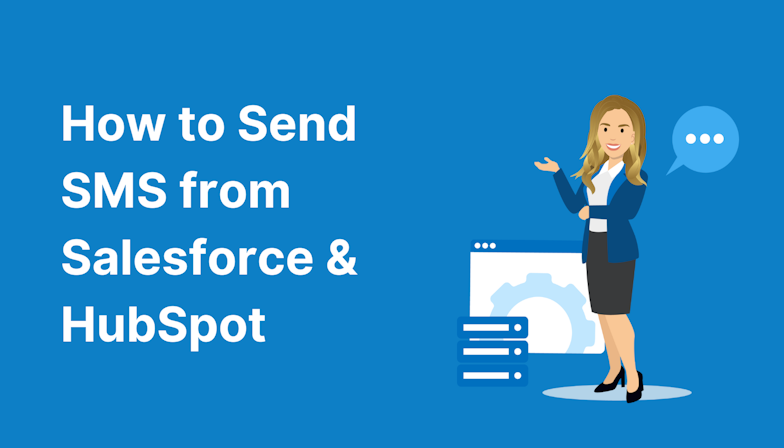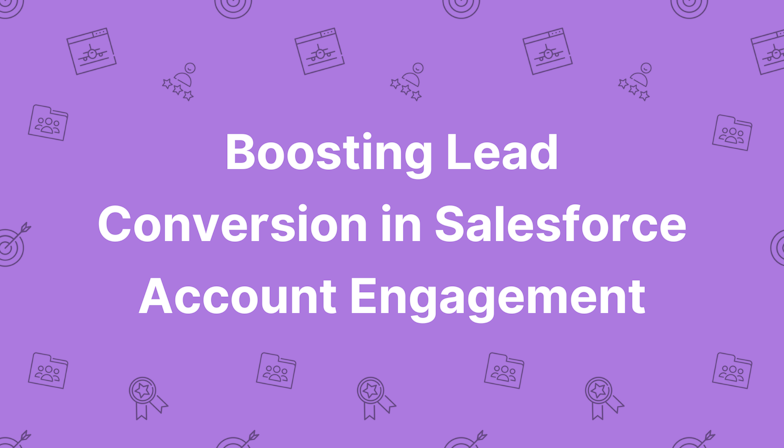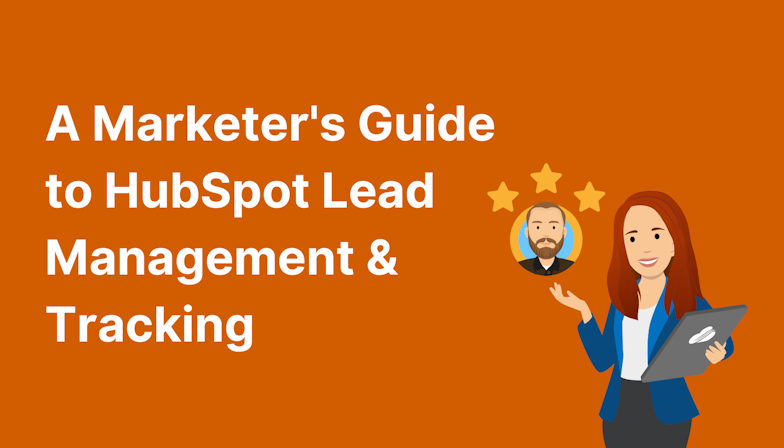Getting an API integration right is about more than writing code. It requires planning, collaboration, and ongoing management. Here are the core steps.
1. Define clear business objectives
Before any technical work starts, map out what the integration is supposed to achieve. Which teams will use it? Which processes will it support? Which metrics will it impact? Without clear objectives, it’s easy to over-engineer or miss critical requirements.
2. Plan for data mapping and sync rules
Decide exactly what data needs to move between HubSpot and the other system. This includes identifying which fields should sync, how frequently, and whether the integration should be one-way or two-way.
Not all APIs support two-way sync. For example, some external systems may allow HubSpot to read data but not write back to it. Understanding these limitations early will shape your workflows and prevent misaligned expectations.
3. Build for scalability
A good integration isn’t just about solving today’s problem. It should also handle increased data volumes, new fields, and future use cases without needing to be rebuilt from scratch.
4. Test thoroughly before go-live
If you have an Enterprise account, use a HubSpot sandbox for safe testing. Otherwise, create a separate HubSpot portal or staging environment to validate the integration before deploying it live. Check that data flows correctly, error handling works, and no records are duplicated or lost. Involving both marketing and sales teams in testing ensures the integration meets practical needs, not just technical specifications.
5. Monitor and maintain
Once live, schedule regular reviews to check performance and make adjustments. HubSpot releases API updates frequently, and third-party systems evolve too. Building in error logging and notifications ensures you spot issues before they cause bigger problems.





